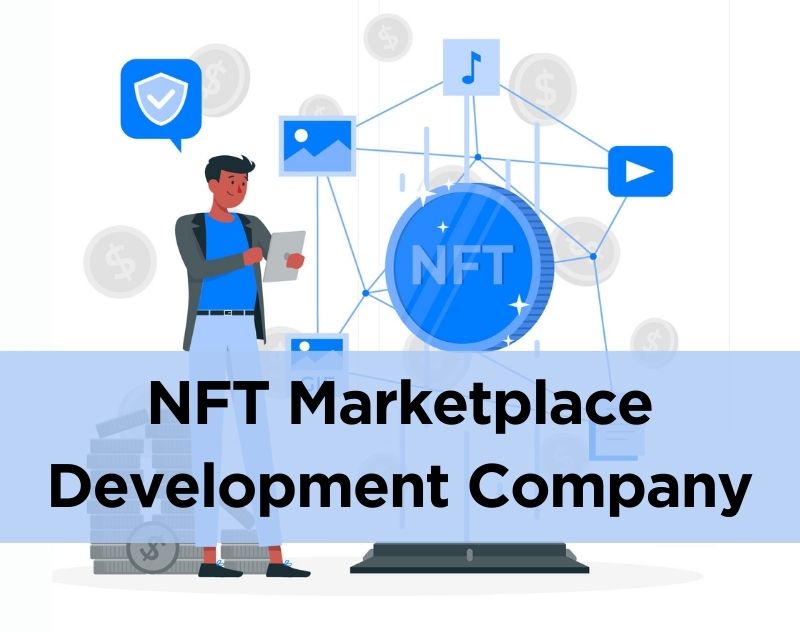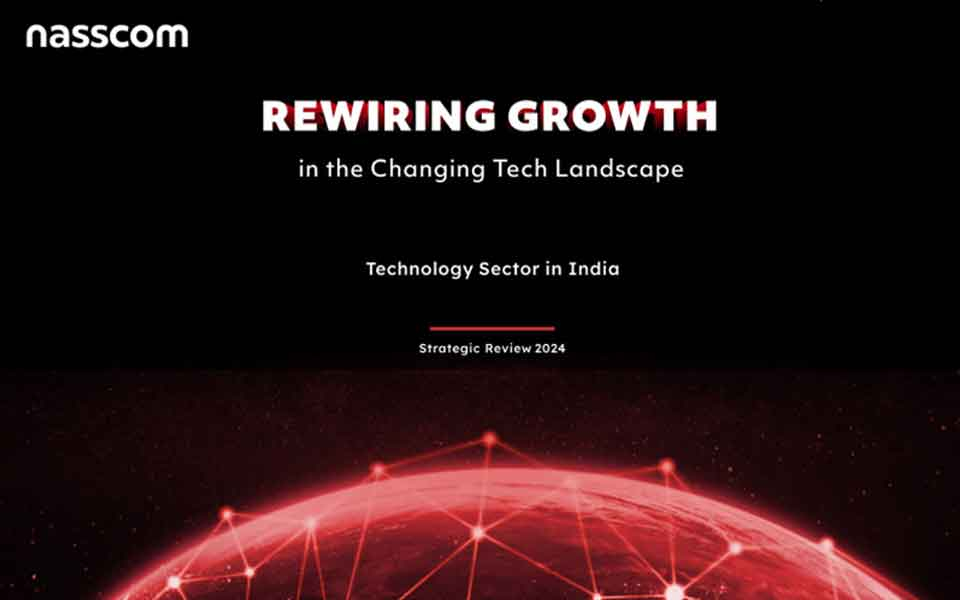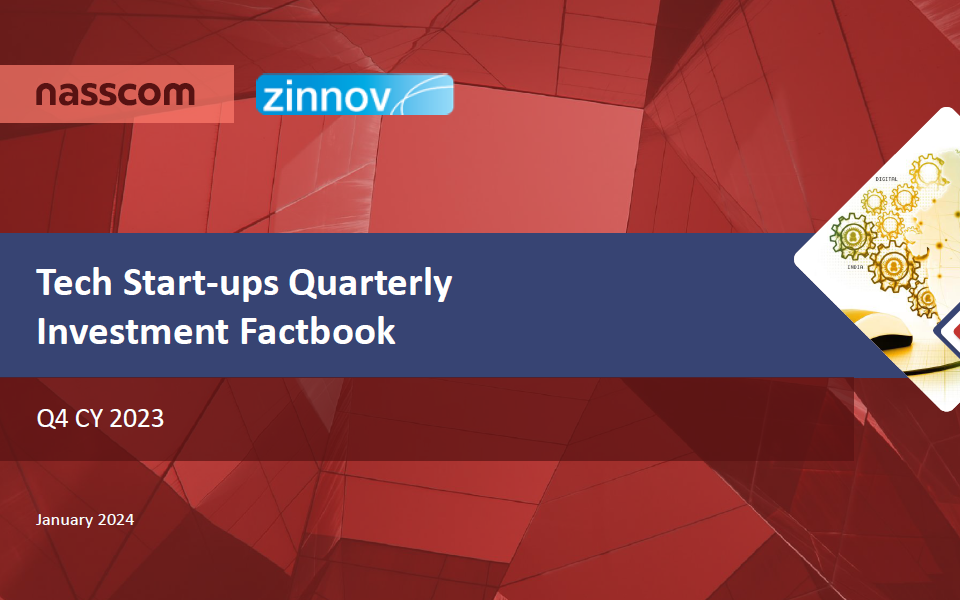SaaS products have truly ushered in the era of on-demand software, giving customers an incredibly easy option to rent software products through a use-and-pay subscription model instead of purchasing the entire software.
However, despite the dramatic growth and success of SaaS products and the extensive features they deliver, there are still many examples of challenges in the SaaS ecosystem. Acquiring customers is not the trouble spot, but retaining them has become the core challenge of every SaaS product organization. Moreover, while common challenges such as smooth customer on-boarding, market fit, user experience, focusing on the right audience, and right pricing have been main points of discussion, we often ignore one of the most integral elements – enabling effective product adoption.
The Paradigm Shift in Organizational Precedence for SaaS Product Adoption
SaaS product organizations have woken up to the relevance of an effective product adoption strategy in minimizing customer churn and catalyzing effective customer engagement. It’s becoming increasingly clear that the more your customers are confident about your SaaS product improving their business outcomes, the longer their association with you. And what better means of driving this confidence than a robust product adoption roadmap!
The Technology Services Industry Association (TSIA), which has been successfully benchmarking technology services for over 2 decades, has clearly captured this paradigm shift in organizational priorities.1 Right from a smooth on-boarding experience to extensive education services, SaaS product organizations are now looking at smart customer adoption strategies that set the stage for a long-term and positive customer experience.
With the goal of getting every user at the customer’s end on board with the SaaS product, a smart adoption strategy should always consider a layered approach. A step-wise and role-based learning and certification model of education services (from on-boarding to granular learning, assessments and smart documentation) ensures a structured mode of adoption. This effortless transition across the gradients of certifications – from low to high to effective – ensures that every user acquires the desired skill sets at each level and translates into performance.
In addition, robust data-enabled insights and in-depth analytics provide the organization and customer a clear visibility of the effective penetration of the adoption initiatives – both in terms of the number of users and the extent of product-related knowledge they have gained.

Image source: http://blog.tsia.com/blog/leveraging-certification-to-drive-adoption
Three Examples of Outstanding SaaS Product Adoption Strategy
Three leaders of the SaaS ecosystem – Workday, Salesforce, and Amazon Web Services (AWS) – have set incredible examples of this certification-based SaaS product adoption strategy. Let’s check out their unique approaches to understand what a comprehensive SaaS product rollout should ideally look like.
Workday
Workday2 places immense importance on training, delivering anytime training in any format, accessible from anywhere. Their adoption strategy places end-users at the center of the change process, encouraging them to adaptefficiently to the new system through an exhaustive collection of training packages.
Their adoption kit3 is elaborate, has multiple user-based options, and is up-to-datewith their latest release.Their kit includes an extensive collection of textual content, screenshots, videos, audio transcripts, interactive sessions, quizzes, job aids, templates, guides, tools, and resources.
In addition to the adoption kit, Workday also delivers instant access4 to 24*7, bite-sized content highlighting specific functionalities as videos, libraries, and other online references as continued learning right from the user’s workspace.
Workday also includes a detailed in-person or virtual classroom training with role-based syllabi5 conducted by expert instructors – these include classroom lectures, demos, activities, and assessments.
Workday enables an encouraging learning environment through its focused accreditation programs and courses that include written tests and certifications6 at the end of the program.
Salesforce
Salesforce7 is the leader of the SaaS world; hence, their adoption strategy is comprehensive, with extensive options to learn across the board through classroom sessions, online training, or any customized, organization-specific approach.
Their adoption kit8 has multiple choices – from guided learning journeys and short, crisp learning modules to specific learning projects and elaborate skill-building certifications. The options are categorized based on role, level, and products, with elaborate metrics that proactively measure the success of user adoption.
Salesforce too includes well-organized, bite-sized, open learning formats9 – each of these packages includes a collection of specific functionalities, ending with a test-yourself feature that challenges the learner with interactive challenges andpoints of achievements.
Salesforce includes an option named trials10 – treasure-hunt exercises that chart the user’s path across skill sets that can be gained through Salesforce. The point-based assessments that allow users to gain points and use them for a prize draw are definite attractions.
Salesforce starts the adoption journey early – by creating awareness and communicating the goals and advantages of transitioning into the system even before the implementation stage. They then create organization-specific change management strategies that vary across roles and functionalities, with tools that assess the training impact.11
Salesforce has exhaustive resources – the trainers12 – who lead user adoptions. They identify the key people or champions within the organization who can take forward the change initiative and train these trainers for a smooth adoption across all users of the organizational ecosystem.
Salesforce also includes online and classroom training sessions13 with role-based curriculums for empowering users with the expertise they require to manage Salesforce. The certifications and credentials provided after completion of the course are recognized across the globe and are a distinct advantage. They also have a partner ecosystem of universities and other agencies to train students in Salesforce.
Amazon Web Services (AWS)
AWS14 has an extensively elaborate adoption methodology encompassing every end user scenario and skill advancement perspective. Its unique feature is the AWS training and certification portal – a centralized and comprehensive collection of training resources that provides expertise across all aspects of AWS. They also use their authorized training partners to deliver in-depth training in AWS offerings.
Their adoption kit15 includes a wide gamut of training and certifications, workshops, videos, and hands-on practice sessions or labs in live and simulation AWS environments across multiple languages. Clearing each challenge in the learning quest enables the user to earn quest badges that are valuable credentials in the user’s resume. The content is always updated to match the pace of innovation and interact with experts easily to clear immediate questions.
A simple approach helps users select their preferred training module on the portal and enroll in the training sessions of your choice.16 Alternatively, the labs and short videos on specific topics deliver immediate information to users who are looking for urgent guidance on the go.
The entire package of AWS documentation delivers systematic guidelines on how to get started and helps you plan your entire role- and function-based learning roadmap right from the word go. A well-structured training program helps you build your skill set and gain certifications as proof of knowledge.17 Organization-specific on-site training also helps customize the adoption packages.
AWS-certified trainers are certainly in demand since the most popular AWS adoption programs are expert-delivered, detailed training courses.18 These certified experts are associated with organizations, or they are individuals who choose to build their expertise in AWS. These trainers are part of a large global community with unique facilities including access to events, certified stores, AWS logos, and digital badges. The certification roadmap includes stage- and role-wise levels with assessments ascertaining the knowledge and skill set that the user has gained at each level.
Conclusion
All the three organizations have clearly prioritized SaaS product adoption on par with their design and development initiatives.
The adoption-driven SaaS strategy of these organizations follows a common thread across multiple features. They have a well-catalogued adoption kit that not only covers every learning and adoption aspect but also offers a wide gamut of options for customers to choose from. Their pain-free customer on-boarding and performance support features also enable a positive customer experience. These organizations understand the value of on-demand support not only during the initial implementation stages but also across the entire life cycle of the SaaS product.Their adoption strategyis hence structured in a user-friendly learning format – from structured curriculums to bite-sized quick-learning options. Certifications and gamified treasure hunts catalyze interest among customers and encourage learning.
In addition, all the three organizations have focused on building a strong community of users – peers, leaders, and influencers – who share ideas, create resources, solve the problems highlighted by members, and engage through discussion forums, training sessions, and talent nurturing.
The three leaders of the SaaS product ecosystem indeed validate the relevance of a proactive and seamless adoption strategy to enable successful SaaS implementation.
So, when are you getting started on streamlining your SaaS product adoption journey?
SOURCE
- http://blog.tsia.com/blog/leveraging-certification-to-drive-adoption
- https://www.workday.com/en-us/partners-services/services/education-and-training.html
- https://www.workday.com/content/dam/web/en-us/documents/datasheets/datasheet-workday-knowledge-management-adoption-toolkit.pdf
- https://www.workday.com/content/dam/web/en-us/documents/datasheets/datasheet-workday-knowledge-management-on-demand-education.pdf
- https://www.workday.com/content/dam/web/en-us/documents/datasheets/datasheet-workday-pro.pdf
- https://community.workday.com/node/289453
- https://trailhead.salesforce.com/
- https://www.salesforce.com/assets/pdf/datasheets/DS_UAS.pdf
- https://trailhead.salesforce.com/en/modules
- https://trailhead.salesforce.com/en/trailblazers
- https://www.salesforce.com/video/302257/
- https://trailhead.salesforce.com/en/modules
- https://trailhead.salesforce.com/en/trailblazers
- https://aws.amazon.com/training/
- https://aws.amazon.com/training/course-descriptions/
- https://aws.amazon.com/training/self-paced-labs/
- https://www.aws.training/
- https://aws.amazon.com/certification/




























